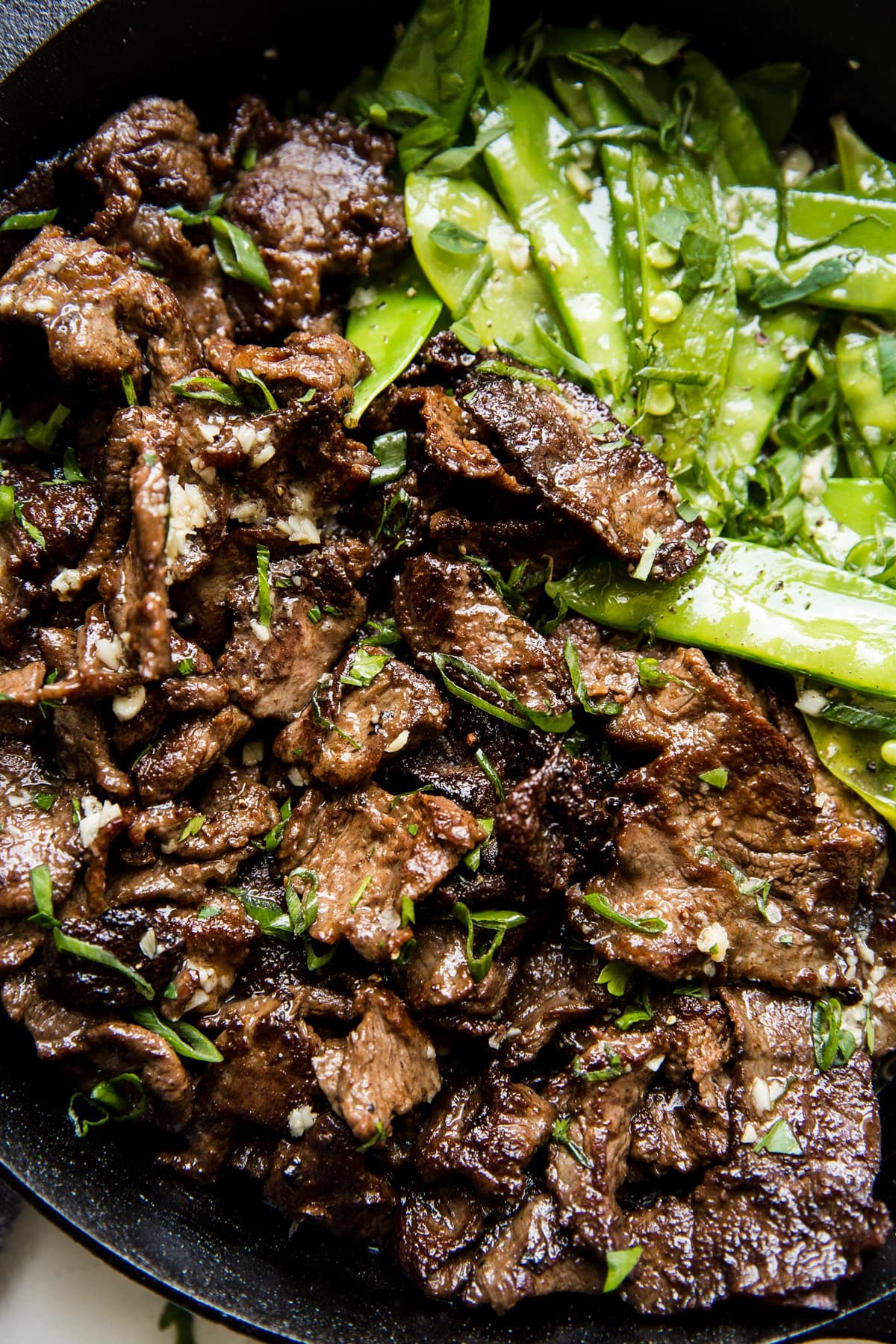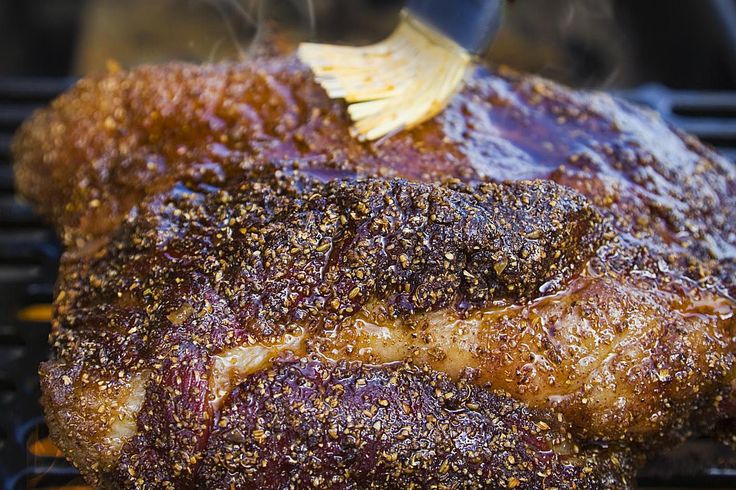
When it comes to steak the right temperature will vary from one cut to another. Before you serve your steak it, cook it to the proper internal temperature. A medium-rare steak should be at least 150 degrees inside. A one-inch thick steak should be cooked for 12 minutes on each side. After that, let it rest for 10 minutes before you serve it. For well-done grilling, the fattiest steaks will be your best option.
To maximize the flavor and texture of your steak, it is crucial to allow the meat to reach room temperature before cooking. This will ensure the meat cooks evenly and does not burn or become too dry. After leaving the steak out for 20 to thirty minutes, turn it over and cover it with foil or aluminum foil. After the steak has been left out for 20-30 minutes, flip it over and cover with foil or aluminum foil. Grill it until you reach your desired internal temperature. Keep in mind, the cook time does not necessarily affect the temperature of the steak.

A meat thermometer is essential to ensure that your steak is cooked to perfection. A meat thermometer that can read the temperature in seconds is best. This should be used on the thickest section of the steak. Because the residual heat that has been accumulated after the meat has been removed from the grill will continue heating it by five degrees. An instant-read thermometer will ensure that your steak is cooked to the right temperature.
A medium-rare steak will still be slightly pink in the middle and have a red core. Medium-well steaks however, will be well-done. A well done steak should be pinkish all over and at least 165 degrees F. This is the perfect steak temperature if you don't love grilling. These guidelines will help you to make a perfectly cooked steak every time.
Cook a perfectly-cooked steak by removing it from your refrigerator at least thirty minutes before you begin cooking. Season both sides of the steak with salt. Then, preheat the skillet in the oven to 400 degrees Fahrenheit. The skillet should be hot enough for the steaks to fit in. Before you place the steaks on the skillet, drizzle a little olive oil or add a few drops of white wine. This step is essential to ensure the steak is tender and juicy.

Another tip is to use a meat tester. Place the meat tester close to the wrist to check the internal temperature. The meat should be cooked to medium heat, but not too hot. Raw meat may be served at temperatures below 140°F. A steak overcooked can lead to toxoplasmosis, or other foodborne diseases. It can also pose a risk to the unborn child of a pregnant lady. A meat thermometer can be used to verify that the steak is cooked at the correct temperature.
FAQ
Do I need any special equipment to cook?
You don't require any special equipment to learn how to cook. The best tools will make cooking more enjoyable. For example, a knife could be used for pasta making or a whisk would be better than a hand mixer for whipping egg whites to stiff peaks. You can make cooking more enjoyable and easier by having the right tools.
What are the requirements to become a chef?
To become a chef, you must have a bachelor's degree in culinary arts. In addition, you need to pass a series of tests administered by the ACF. After completing these requirements, you will be awarded a certificate that confirms your qualifications.
What are basic cooking skills?
Basic cooking skills include being able to read and measure ingredients, prepare food safely, clean up after yourself, and cook. These are the essential skills you will need to be able cook for yourself. Cooking is a great way save money as you don’t have to order take-out every day.
Statistics
- On average, chefs earn $58,740 a year, according to the BLS. - learnhowtobecome.org
- under 10 Kids have been taught that there is special food just for them, and Fiese says that 10 percent of kids will throw a tantrum if they don't get the food they want. (washingtonpost.com)
- In the United States, the category is estimated at $23.2 billion annually and is growing faster than the market. (washingtonpost.com)
External Links
How To
How to make a perfect Omelette
Omelets are one of my favorite foods to eat at breakfast. But how do you create them perfectly? There are many recipes and methods I tried, but none worked. So I wanted to share some tips and tricks so that you can make delicious, fluffy omelets every morn.
We should first know that eggs are very temperamental ingredients when making omelets. They must be fresh, preferably from the organic market, and be kept cold until cooking. If they are not kept cold enough, the whites won’t form properly. The yolks will also break down too quickly and become runny. Your omelets will look strangely colored if this happens. If you intend to cook your eggs immediately, it's best to use room-temperature egg.
Another tip is to separate the egg before adding it to the pan. You don't want the white to get mixed with the yolk, as this could cause the egg to curdle.
You might burn the bottom of the egg if you place the egg directly on the stovetop. This could ruin the texture of your omelet. Instead, put the egg in the microwave for 10 seconds before putting it into the pan. The microwave heat will cook the egg just right without making it too hot.
Next, let's discuss mixing the eggs. Mix eggs well together. To do this, grab the bowl of the mixer and turn it upside down. Now shake the bowl vigorously. This way, the air inside the bowl gets whipped around and mixes the egg thoroughly.
Now comes the fun part: adding the milk to your mixture. Fold the eggs in the milk mixture by first pouring half of it into the egg whites. Do not be alarmed if there are still egg streaks visible. Once the omelet flips, these streaks will disappear.
After folding the eggs, place the pan on medium heat and wait for the oil to start sizzling. Once the oil starts getting hot, add 1/4 cup of butter to the pan and swirl it around to coat the entire surface of the pan. Carefully open the pan's lid and add salt to the pan. Salt will prevent the omelet sticking to the pan.
Once the omelet has formed completely, cover the pan and let it set for a few minutes. Flip the omelet with a spatula, or flip it upside down. Cook the other side for another minute or two. Take the omelet out of the pan and immediately serve.
This recipe works best when you use whole milk.